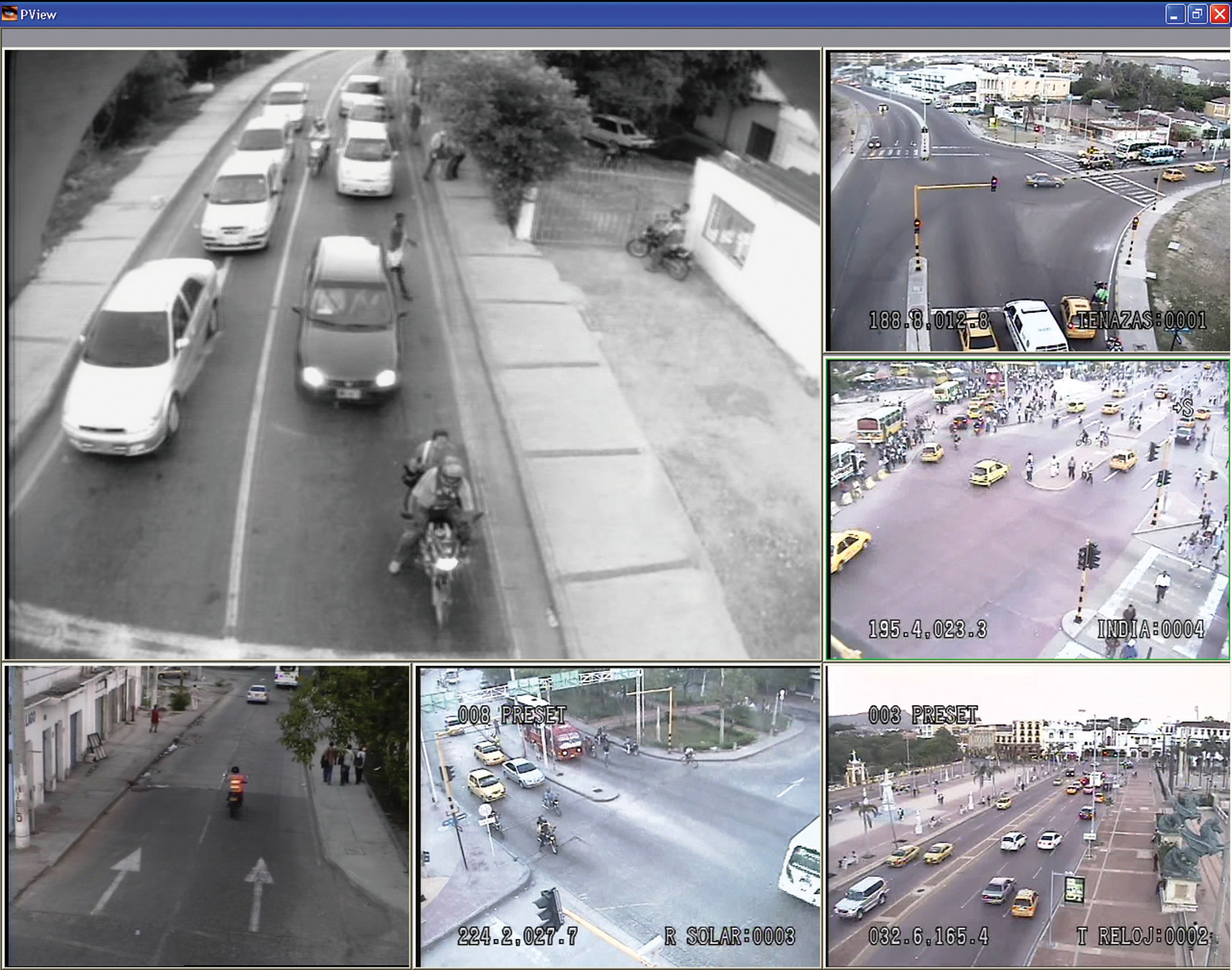
Prof. Klaus Banse, President of ITS Colombia and Ing. Robert Miranda, Head of the Traffic Management and Control System of Cartagena de Indias, Columbia, outline early cost benefits of an adaptive traffic control system.
At the beginning of this year, Cartagena de Indias, located on the north coast of Colombia in the Caribbean, implemented a new adaptive traffic control system on 52 intersections with an investment of US$4.5 million.It is one of the most complete ITS deployments in the region and includes a PC SCOOT adaptive traffic control centre and SCOOT traffic controllers,
It is the first system of its kind in Colombia, allowing the programming and manipulation of 100 per cent of its components from the control room without the need for field visits.
Feasibility study
A feasibility study for the Cartagena traffic project was undertaken in the summer of 2006. The city's 20 most critical intersections were simulated usingUsing a linear growth rate of Cartagena's traffic, the simulation showed an overall decrease of travel time between two and five minutes, depending on the time of day, intersection arm and congestion levels of the intersections during peak hours. Previous traffic impact studies suggested that a mean three-minute travel time saving was necessary to justify the investment for the first project phase in a four- to five-year term.
The real savings obtained by a four-stage adaptive control programme were most likely higher than the rather conservative simulation results, so the project was given the go-ahead.
Project operation study
At the end of August, after eight months of operation, the system operator decided to undertake a first audit to determine the system performance, measuring travel times in the four main corridors connecting the outer parts of the city with the downtown area.Though the coverage of the system is not yet complete, travel time savings achieved by the system have been considerable, allowing an overall savings on fuel of around US$1.342 million per year.
Operational savings
- Traffic planning: After the implementation of the system traffic planning is only required for new intersections. The annual savings in manpower and equipment use are around $55,000;
- Energy saving: The new LED traffic lights save close to 85 per cent of electricity compared to the incandescent light bulbs used before. The annual saving on electricity is around $12,000;
- Maintenance savings: Incandescent light bulbs had to be changed frequently while the LED lights' lifecycle is estimated to be greater than five years. The annual savings in light bulbs, manpower, and equipment is around $11,000; and
- Data acquisition: Traffic counts in signalised intersections are being made automatically by the Iteris Vantage system. The annual saving in manpower and equipment use is around $54,000.
Total savings
The total yearly savings of US$1.474 million mean a return on ITS investment in around three years, without taking into account other savings, such as environmental impact, traffic light down-time, traffic accident rates and others. It is also worth noting that increasing fuel prices in Colombia have shortened the feasibility term considerably."Since the implementation of the new traffic management and control system the overall traffic situation in our city has improved considerably. After only eight months of operation the system now runs smoothly and seamlessly and reports traffic data for strategic and operational planning purposes. However, from an operator's point of view, the most important part of the system is CCTV and video detection, allowing us to see what is happening in our streets and verifying the accuracy or traffic detection online from the control room. Our investment in ITS planning and infrastructure was definitely worth every penny, and not only for us, but for the City of Cartagena." - Robert Miranda, Head of the Traffic Management and Control System of Cartagena de Indias, Columbia.
RSS













